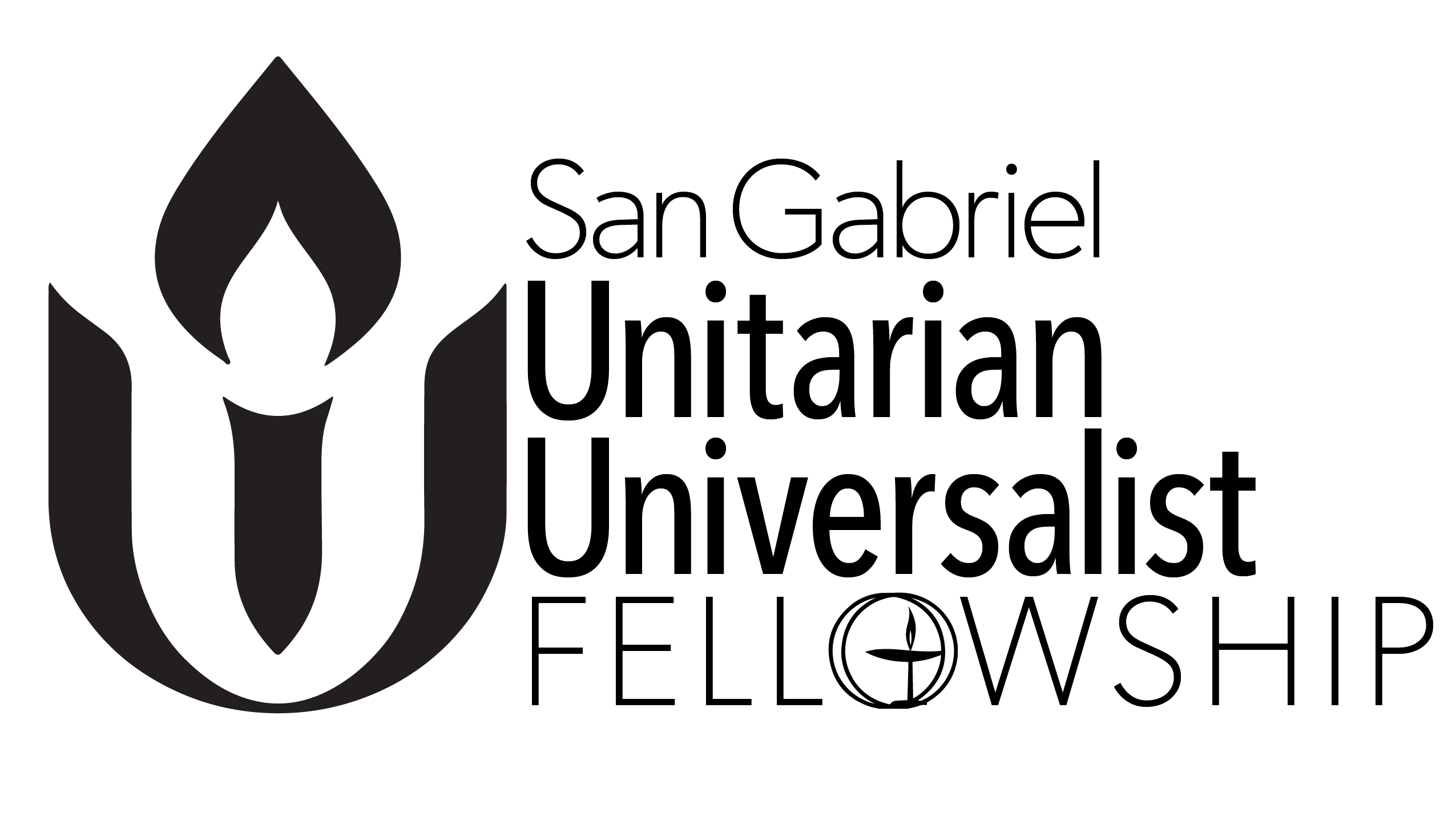One of our major environmental problems is loss of native habitat, which is trending toward serious population losses in a number of important plants and animal species, and contributing to declining biodiversity, which is the variety of organisms and their important interactions, and a key foundation of all life on Earth, including human life. We are not just in nature, we are nature. The extent of species diversity is a key indicator of ecosystem health.
Ecosystems are complex communities of plants and animals that survive through vital relationships with each other and with their physical environments. Ecoregions are locations where ecosystems are similar. The Texas Parks and Wildlife Department has identified 10 natural Ecoregions within Texas. (https://tpwd.texas.gov/education/hunter-education/online-course/wildlife-conservation/texas-ecoregions)
Institutions across the globe are working together to develop ways to save species and to preserve and restore threatened ecosystems and biodiversity. And you, too, can help restore some of the biodiversity in your own community through planting species native to your location in order to nurture native insects and other important species.
SOLUTIONS AT HOME – RECOMMENDED BY DR. DOUGLAS TALLAMY –
Adapted from: Homegrownnationalpark.org
If you have a lawn, shrink it some. Also, mow your grass no lower than 3 inches, and never in the evening, to help protect small native animal species. Reducing your turf lawn, and replanting the space with a few native trees, native shrubs and other native plants, can make a big difference. It is wise to replant tastefully following your community standards; lawns have some value for most of us. Be a role model, and people will start enjoying the new flowers and shrubs, as well as the butterflies and birds they bring to your yard. You can go slowly in replacing turf grass, watching to see what works best for your property, learning what thrives and what does not, and possibly adding a few new pathways to help navigate through your garden beds.
Remove invasive plant species. They can easily drive out and replace native species.
Do not use insecticides and herbicides. They kill or injure helpful as well as bothersome species, and hurt other invertebrate and vertebrate animals.
Plant NATIVE “Keystone” plants. They are the “backbone” of local ecosystems. And increase the overall diversity of your native plantings. Use the RESOURCE WEBSITE list below for information about native plants suitable for your specific Ecoregion.
Reduce nighttime light pollution by turning off outdoor lights, or use motion sensor lights, or yellow LED bulbs. Nocturnal insects such as moths are as critical to ecosystems as our daytim butterflies, and they are killed by the heat of typical lights.
Install window well covers to save many small animals from being trapped.
Replace turf grass under trees with native plant beds and native groundcovers to help our caterpillars mature into butterflies and moths. 90% of caterpillars that drop from trees pupate under these trees. This also will improve the soil around the tree trunks and roots. Caterpillars are a very important food source for birds and other animals.
Network with like-minded neighbors and educate your civic association.
Another way you can help: Keep domestic cats indoors and let them enjoy the out-of-doors from a screened porch or an enclosed Catio. Domestic cats are a non-native species and important pets loved by many. But when released outdoors they have been documented to kill millions of birds and other small native animals across the United States.
RESOURCE WEBSITES FOR FREE NATIVE PLANT LISTINGS & INFORMATION
*Native Plant Society of Texas
(https://npsot.org/wp/resources/plant-lists-by-ecoregion)
*Lady Bird Johnson Wildflower Center in Austin, TX
(https://www.wildflower.org/collections/)
*National Wildlife Federation, the Native Plant Finder
(https://www.nwf.org/NativePlantFinder)
*Audubon, Plants for Birds
(https://www.audubon.org/plantsforbirds)
FOR MORE INFORMATION PLEASE SEE THE BULLETIN BOARD AT SGUUF
IMPORTANCE OF NATIVE PLANTS
IT IS BEST TO SELECT PLANTS THAT ARE NATIVE TO YOUR REGION, AS THEY ARE WELL ADAPTED TO THE SOILS, WATER SUPPLY, CLIMATE, AND WEATHER EFFECTS OF YOUR SPECIFIC REGION. ALSO, THE IMPORTANT NATIVE INSECTS AND OTHER ANIMALS THAT EVOLVED WITH THESE PLANTS ARE MORE LIKELYTO SELECT NATIVE THAN NON-NATIVE SPECIES AS FOOD SOURCES AND SHELTER.
KEYSTONE PLANTS (Dr. Doug Tallamy)
“Doug Tallamy’s research at the University of Delaware has shown that a few genera of native plants, or keystone genera, form the backbone of local ecosystems, particularly in terms of producing the food that fuels insects. Landscapes that do not contain one or more species from keystone genera will have failed food webs, even if the diversity of other plants is very high.”
Top priority insects are CATERPILLARS (the larvae of moths and butterflies), Sawflies (Order Hymenoptera), and the approximate almost 4,000 species of BEES native to North America.
KEYSTONE WOODY SPECIES:
- Native Oaks (e.g. White Oaks) are the “superstars” throughout most of the U.S.
- Native Cherries
- Native Willows
- Native Birches
- Cottonwoods
- Elms
A FEW TOP KEYSTONE HERBACEOUS PLANTS: GOLDENROD, ASTERS, SUNFLOWERS
Other Native Plants for Our Region: Turk’s Cap, native Lantana, Damianita, Mealy Blue Sage, Autumn Sage, Purple Skullcap, Gregg’s Mistflower, Esperanza,, Twist Leaf Yucca, Coneflower, Agarita, Beautyberry, Inland Sea Oats, Frostweed, and many many more!


